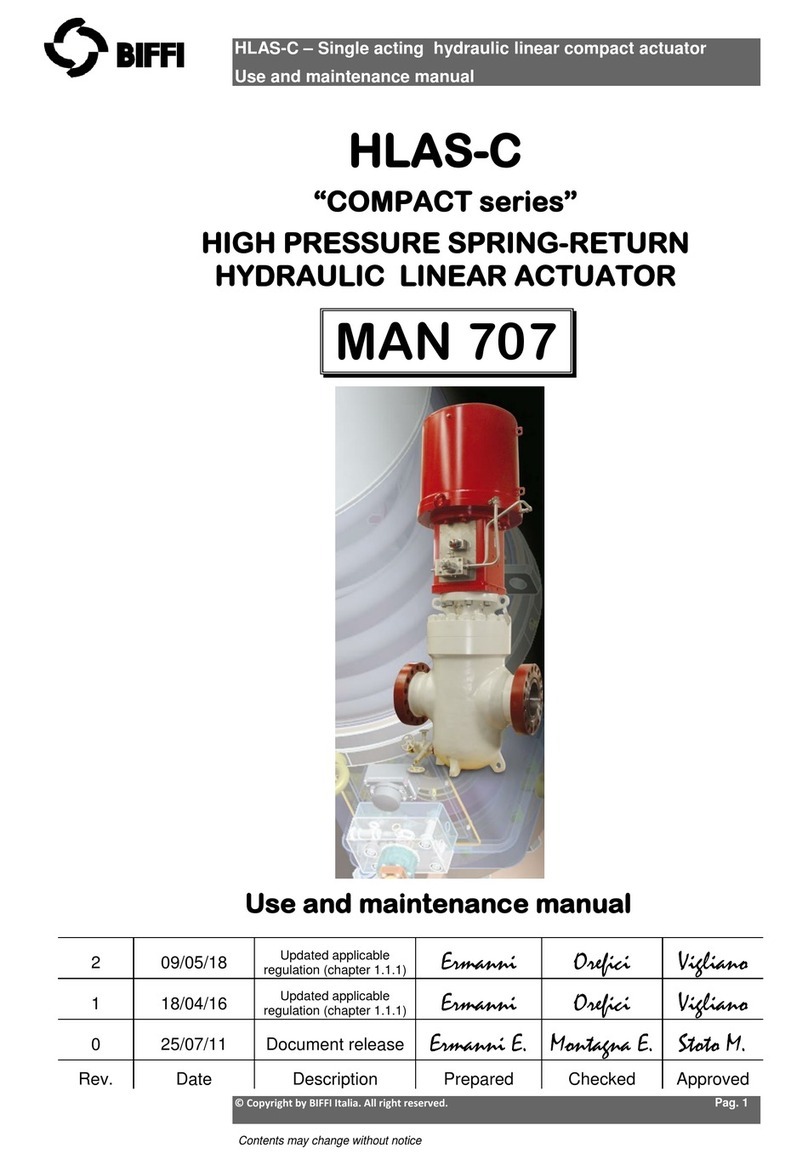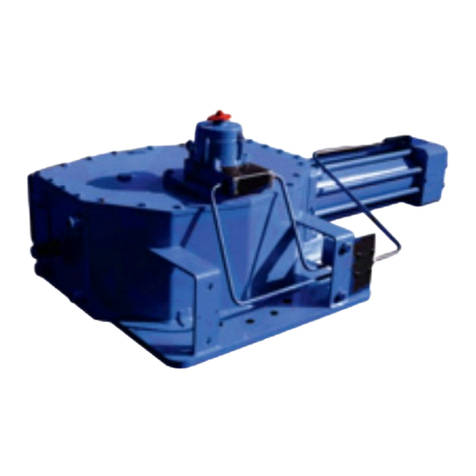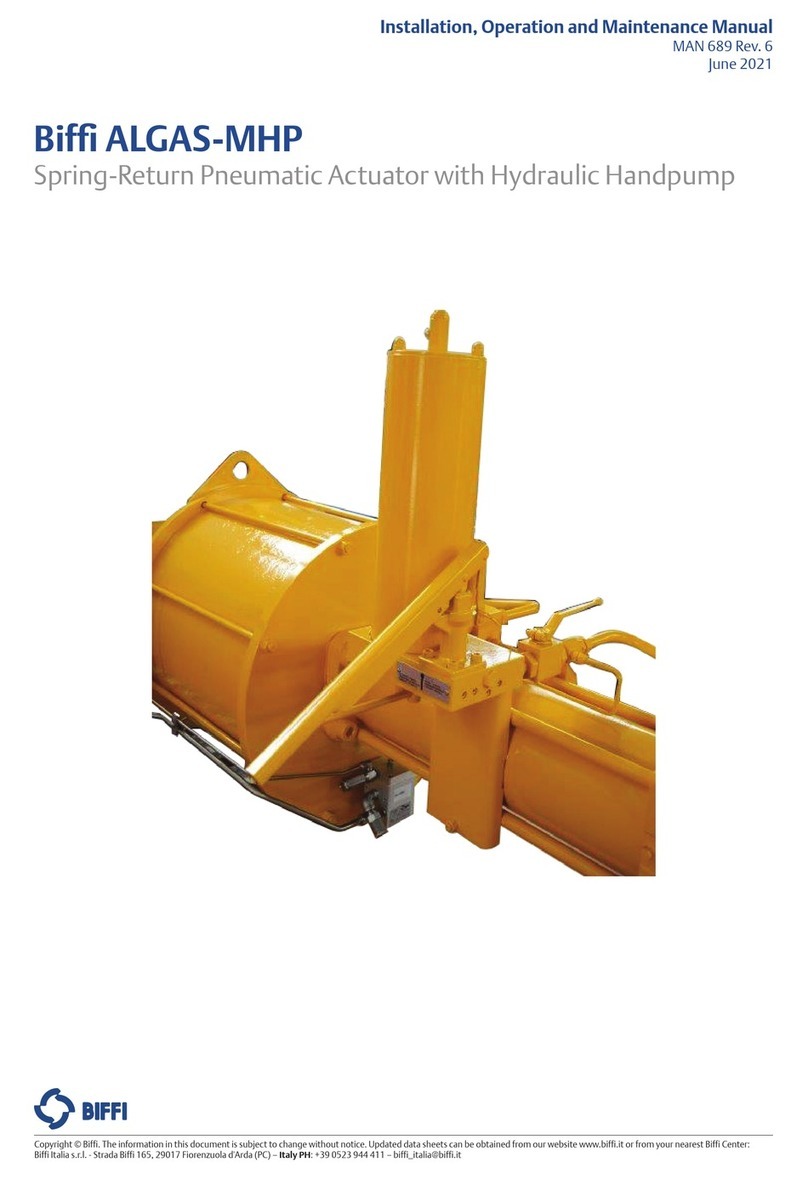BIFFI GIGS 0.3 User manual




















This manual suits for next models
11
Table of contents
Other BIFFI Controllers manuals
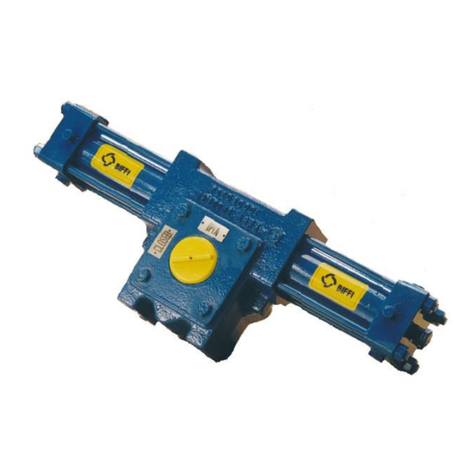
BIFFI
BIFFI RPHD User manual
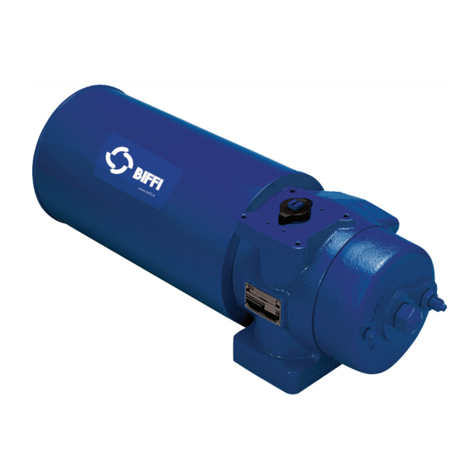
BIFFI
BIFFI FCB Series Operating instructions
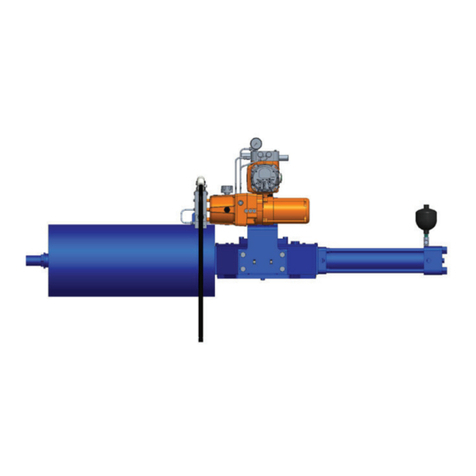
BIFFI
BIFFI EHO User manual

BIFFI
BIFFI ALGA - EAC User manual
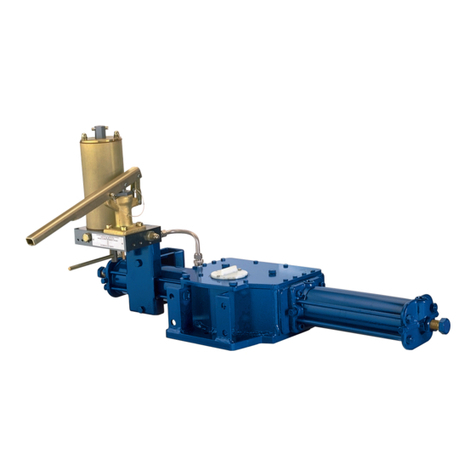
BIFFI
BIFFI GIG User manual
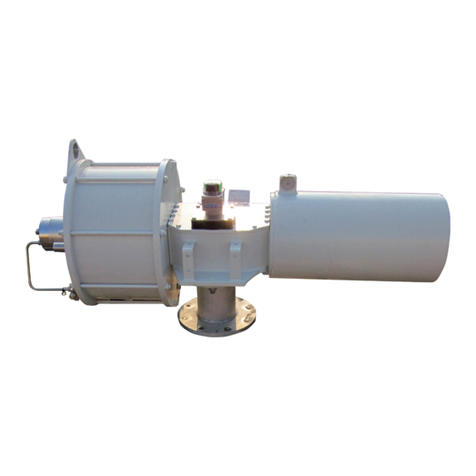
BIFFI
BIFFI ALGAS-QA EAC User manual
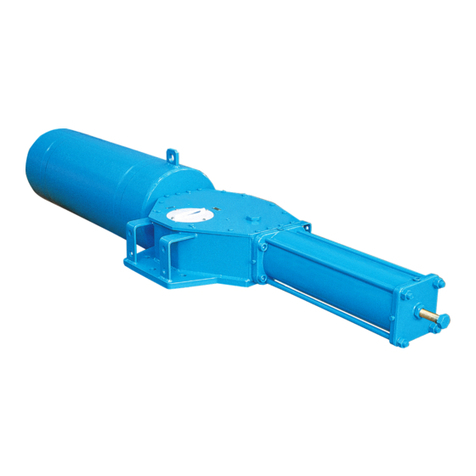
BIFFI
BIFFI OLGAS User manual
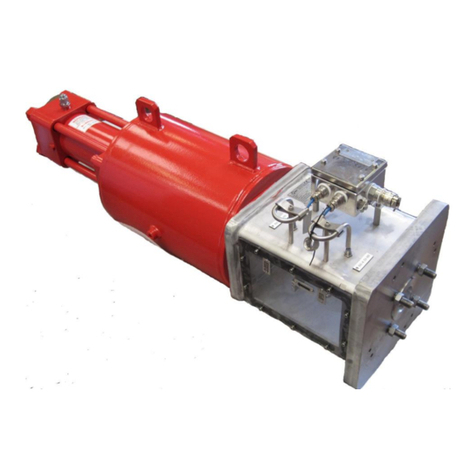
BIFFI
BIFFI HLAS User manual
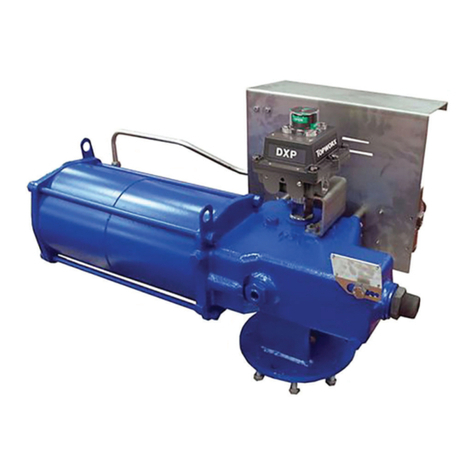
BIFFI
BIFFI RPS Series User manual
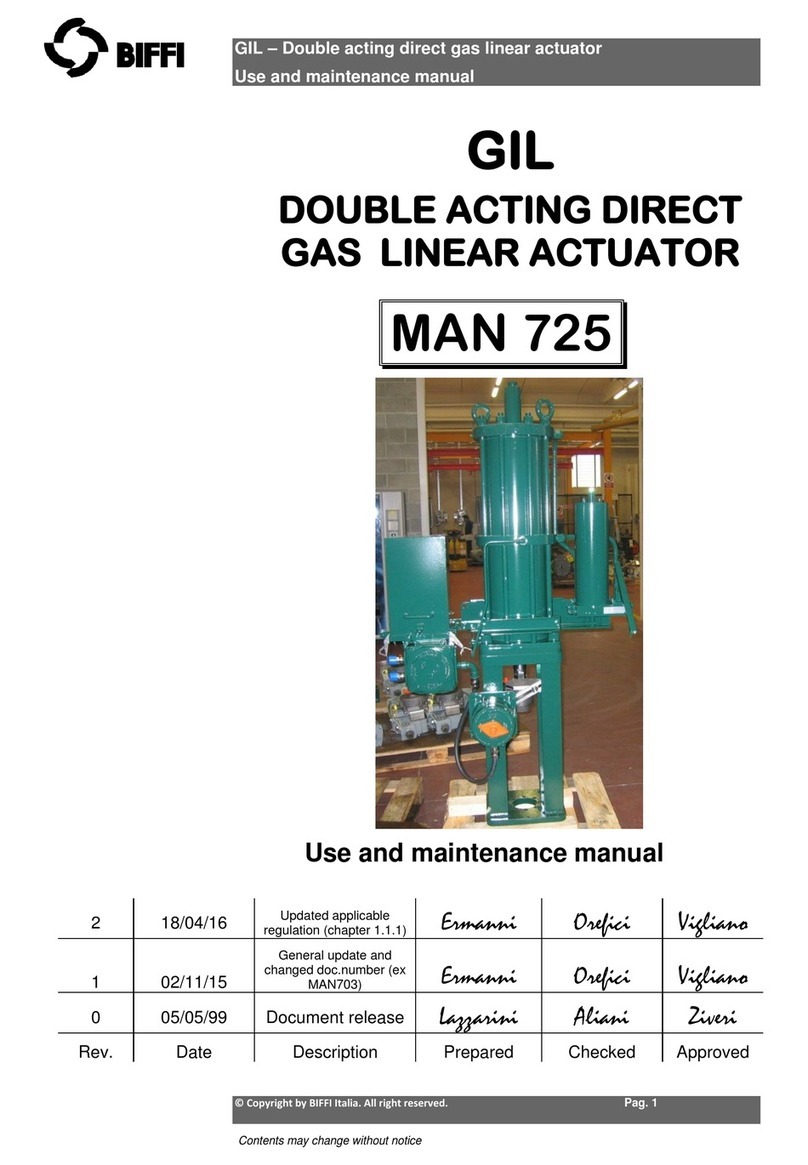
BIFFI
BIFFI GIL MAN 725 User manual

BIFFI
BIFFI GILS User manual
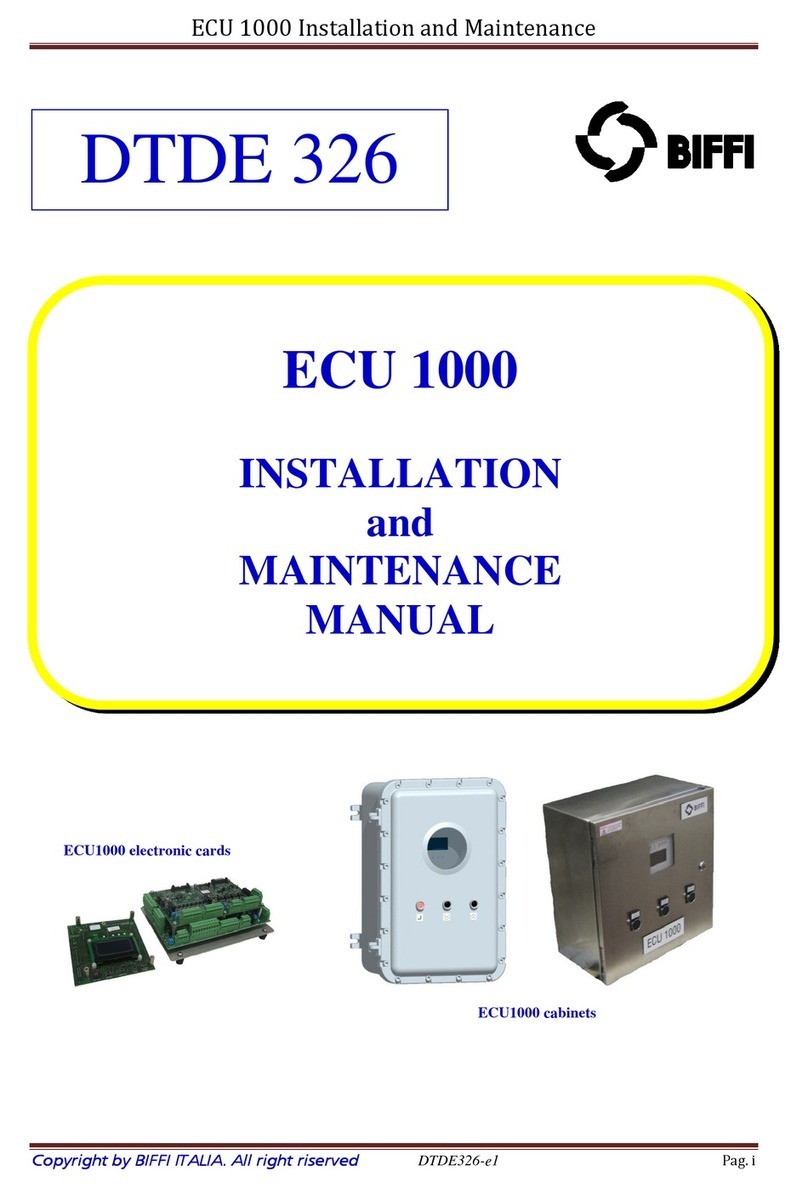
BIFFI
BIFFI ECU 1000 Manual

BIFFI
BIFFI FCB Series User manual

BIFFI
BIFFI HLAS-C Series User manual
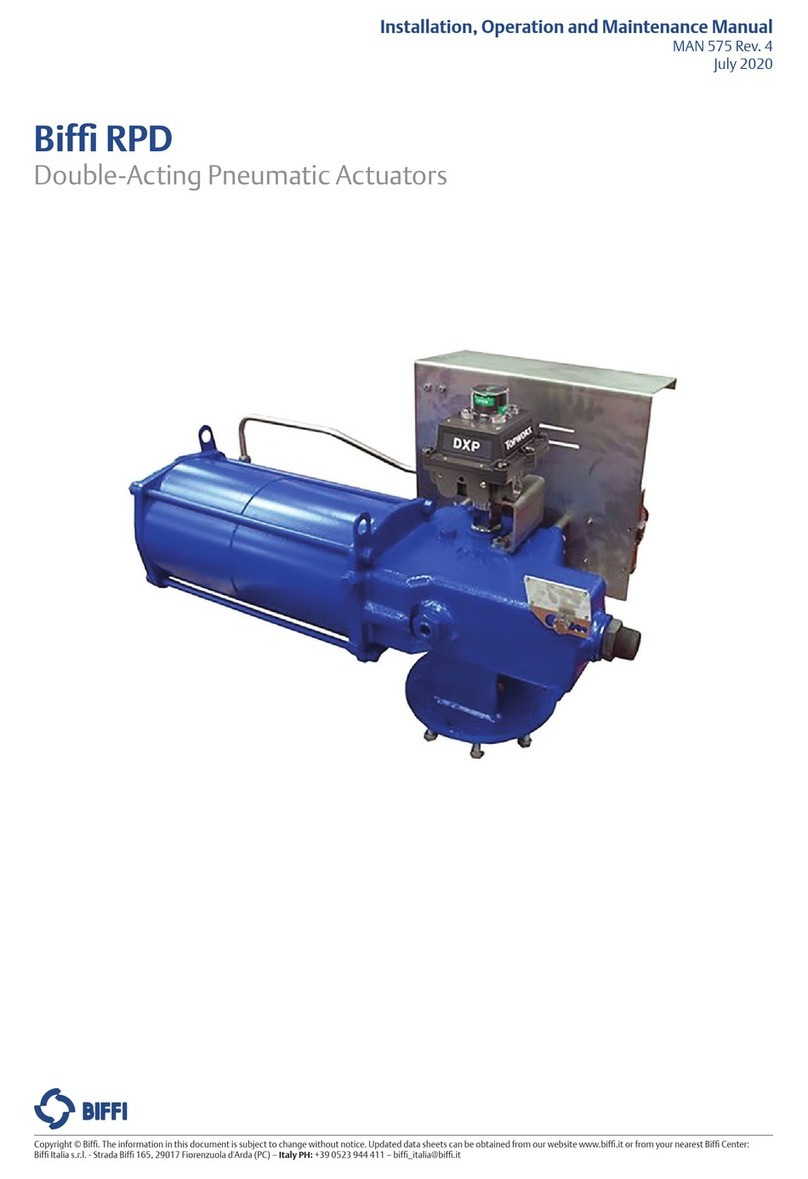
BIFFI
BIFFI RPD Series User manual
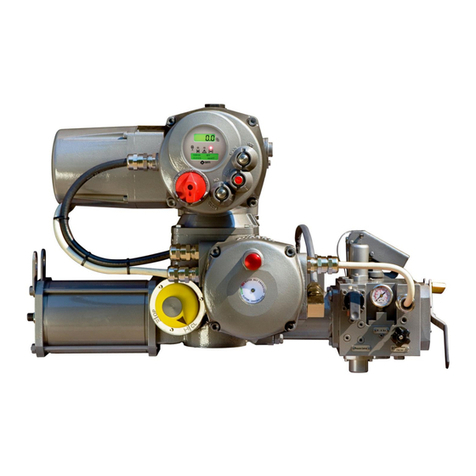
BIFFI
BIFFI EFS2000v4 Parts list manual
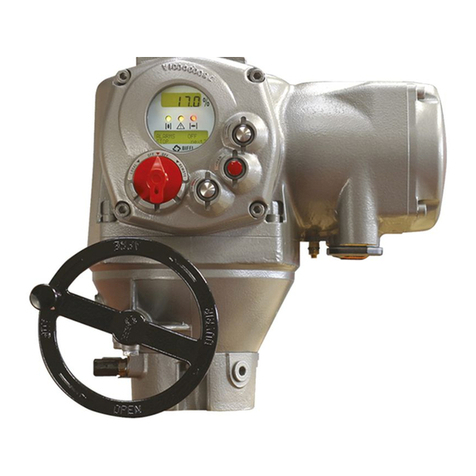
BIFFI
BIFFI F01-2000 Parts list manual

BIFFI
BIFFI RP14 User manual
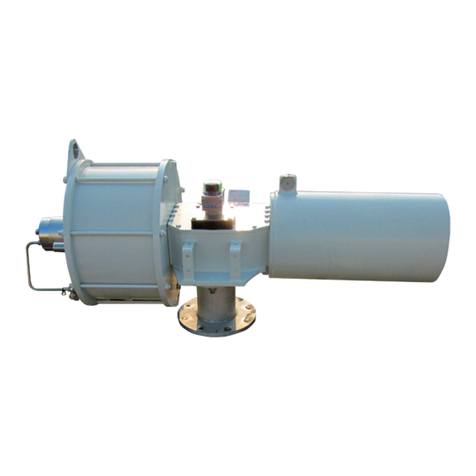
BIFFI
BIFFI ALGAS-QA Series Manual
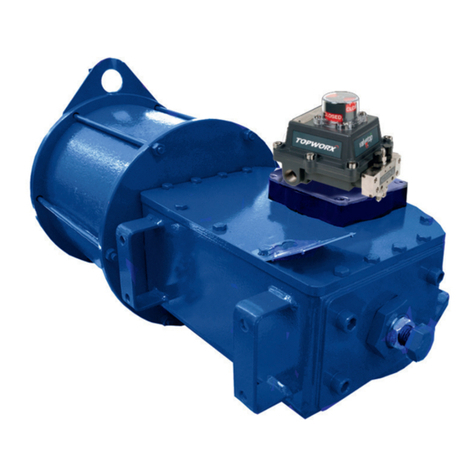
BIFFI
BIFFI ALGA Series User manual
Popular Controllers manuals by other brands
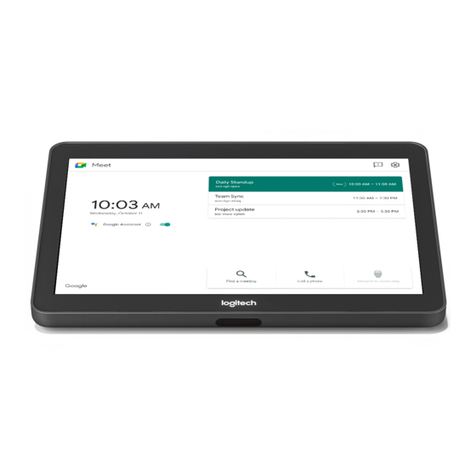
Logitech
Logitech TAP Setup guide
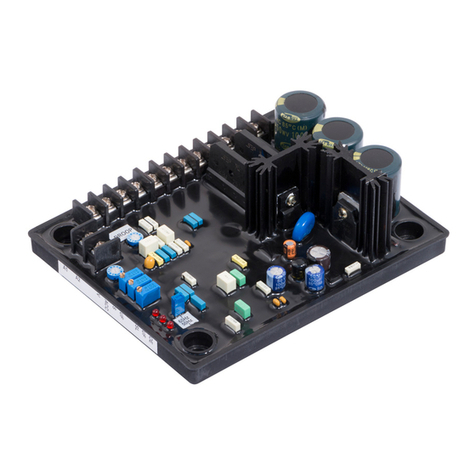
Leroy-Somer
Leroy-Somer Nidec R180 Installation and Maintenance
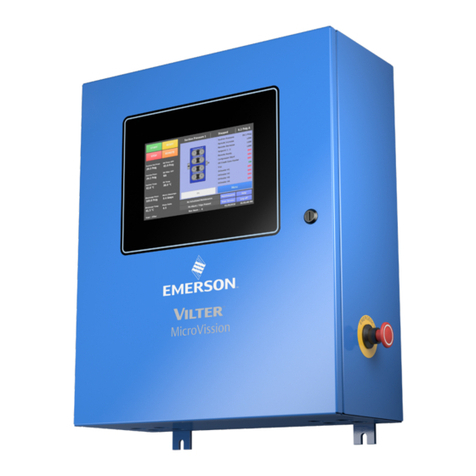
Emerson
Emerson Vilter MicroVission Operation and service manual
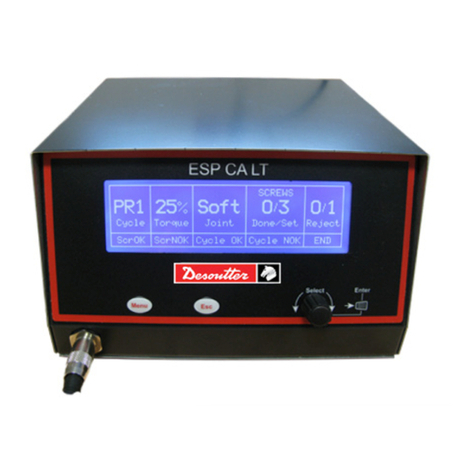
Desoutter
Desoutter ESP-CA 230 Original instructions

Danfoss
Danfoss MCX08M2 installation guide
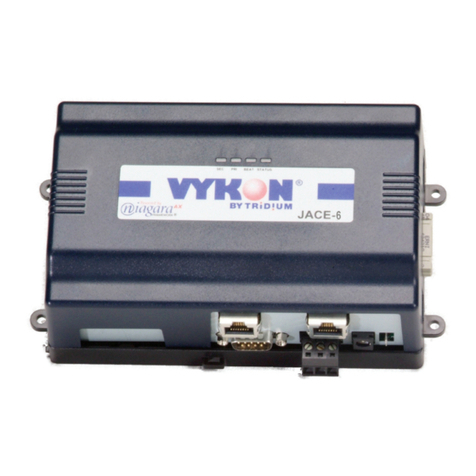
Tridium
Tridium JACE-6 Series Mounting and wiring instructions

YASKAWA
YASKAWA YRC1000 Operator's manual
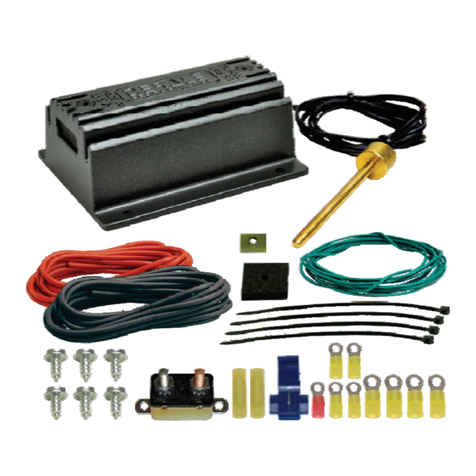
Derale Performance
Derale Performance 16795 installation instructions

oventrop
oventrop EnOcean Aktor MH CON B Installation and operating instructions
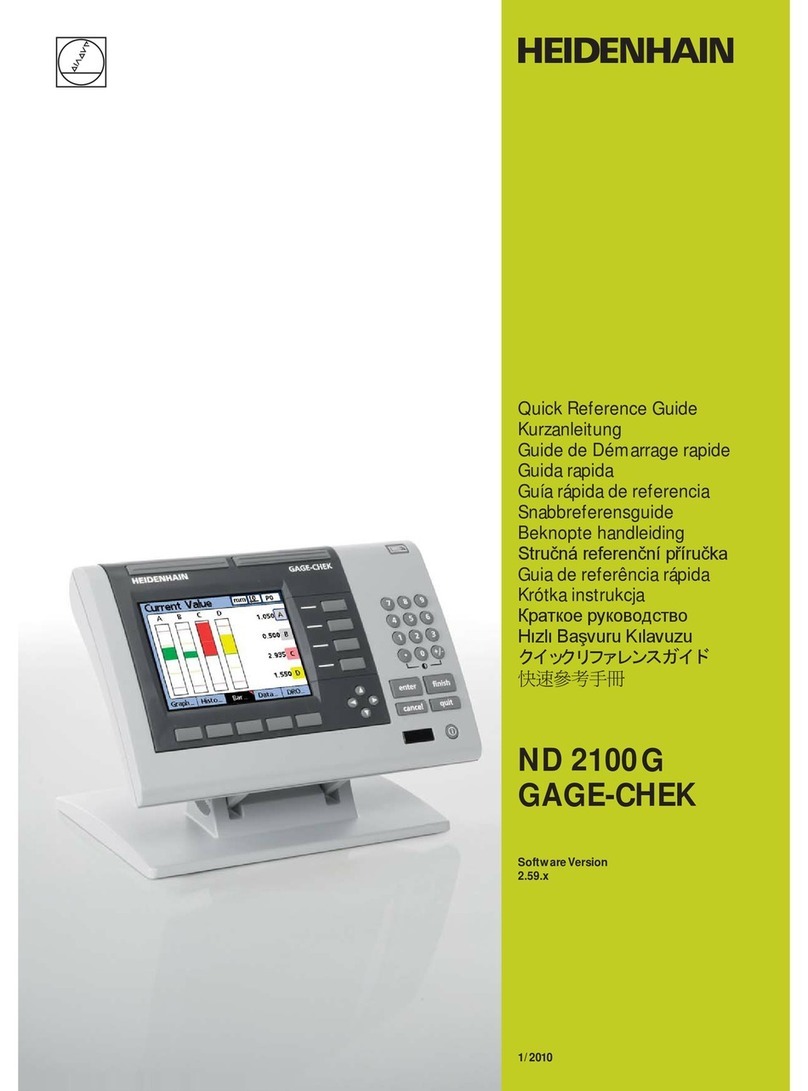
HEIDENHAIN
HEIDENHAIN ND 2100G - V2.59.0 Quick reference guide
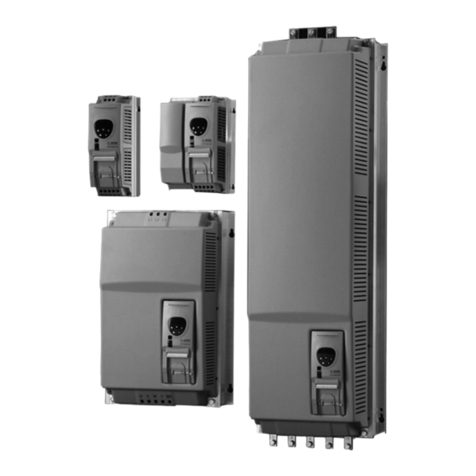
Invertek
Invertek Optidrive VTC user guide

Bosch
Bosch AMC2 Series installation manual
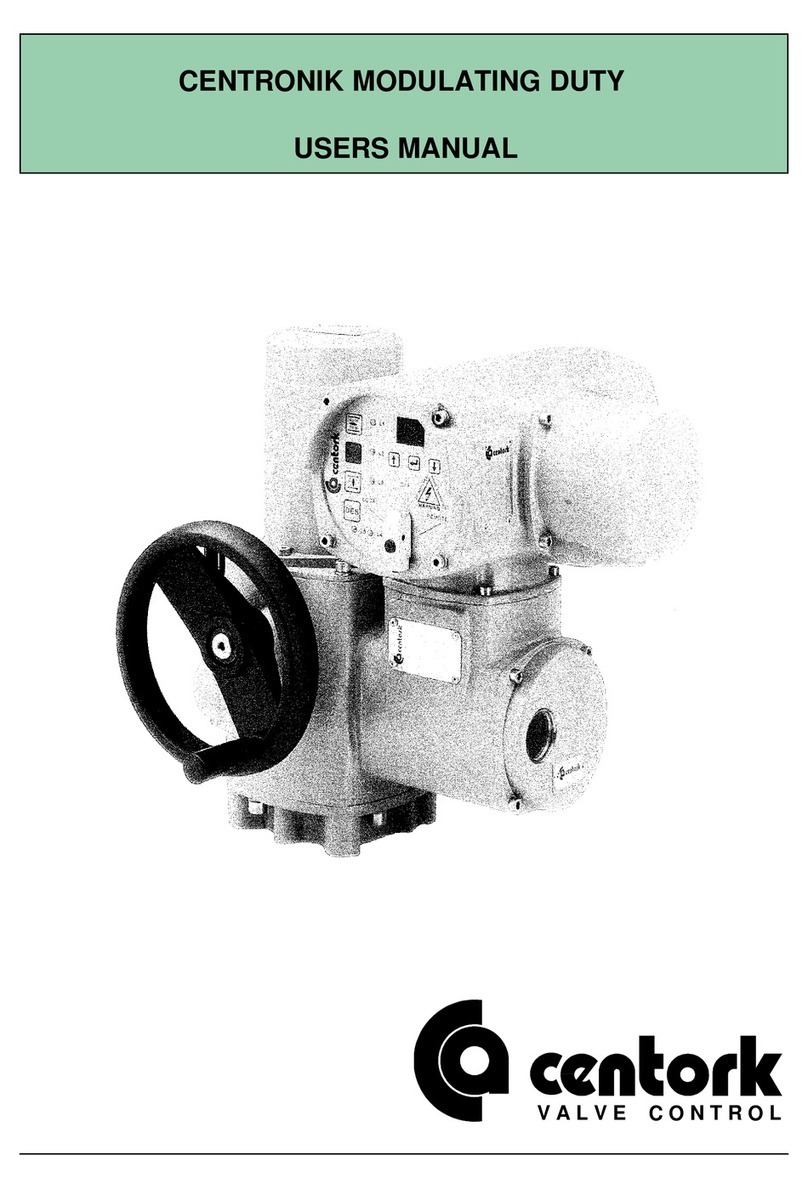
Centork
Centork Centronik user manual
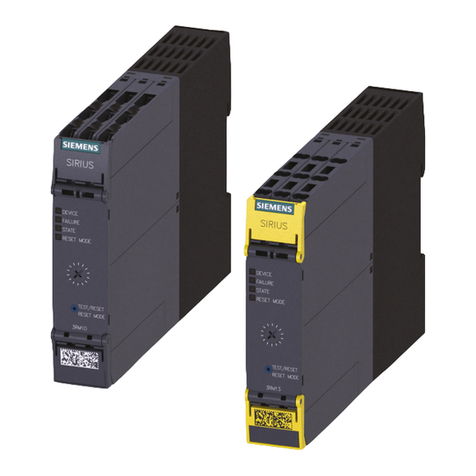
Siemens
Siemens SIRIUS 3RM1 manual
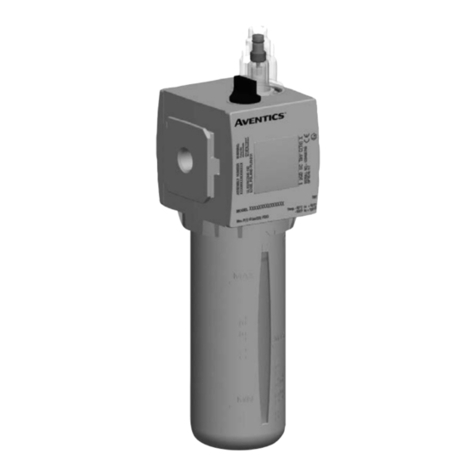
Emerson
Emerson AVENTICS 651 Series Installation and maintenance instructions
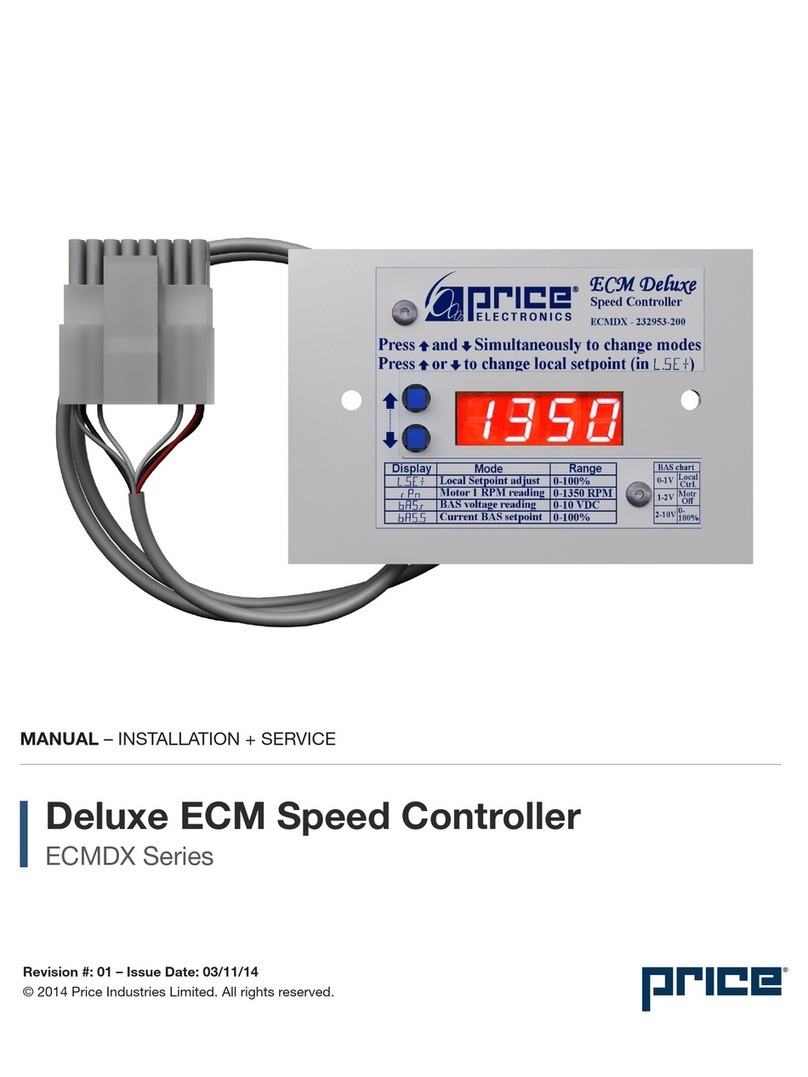
Price
Price ECMDX Series Installation and service manual
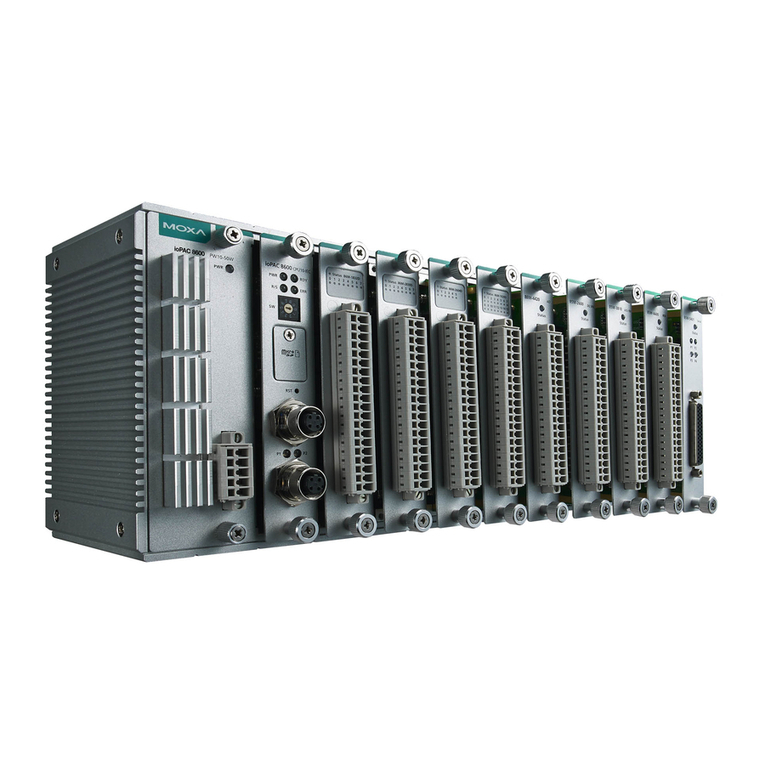
Moxa Technologies
Moxa Technologies ioPAC 8600 Series Quick installation guide
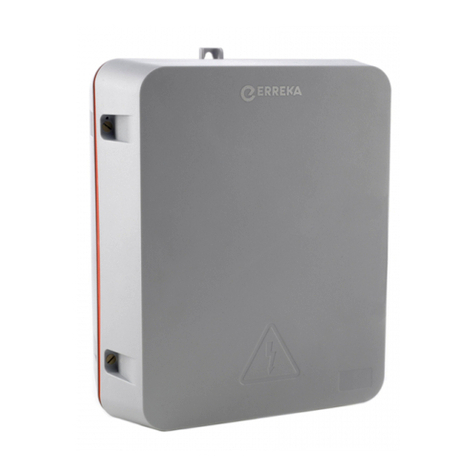
Erreka
Erreka VIVO-M203 Quick installation and programming guide
